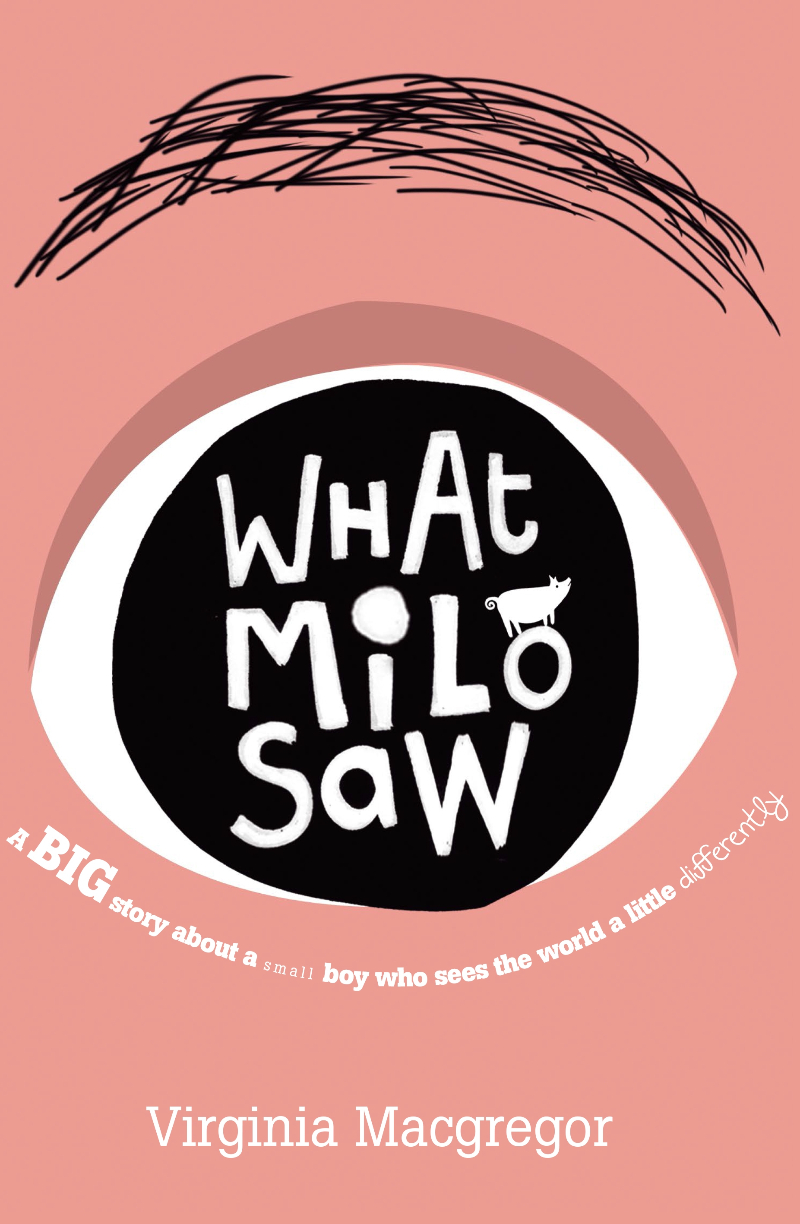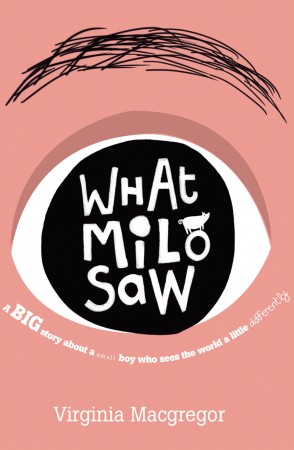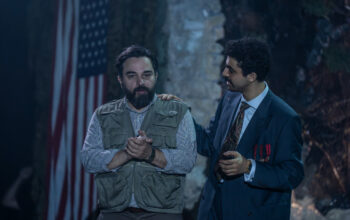What Milo Saw by Virginia Macgregor

Looking at the world through the eyes of a nine-year-old boy is, on the surface, a choice of narrative voice that runs the risk of being tediously  narrow-sighted. However, when this narrow vision is transposed into a medical condition as opposed to a world-view, we end up with Milo – a young boy with retinitis pigmentosa, which means that his field of vision is limited to a pinhole. This disability isn’t spun in a way that unempowers him – quite the opposite, thanks in part to the love and encouragement of his grandmother Lou and a mind that’s already ruminative and watchful beyond his years.
narrow-sighted. However, when this narrow vision is transposed into a medical condition as opposed to a world-view, we end up with Milo – a young boy with retinitis pigmentosa, which means that his field of vision is limited to a pinhole. This disability isn’t spun in a way that unempowers him – quite the opposite, thanks in part to the love and encouragement of his grandmother Lou and a mind that’s already ruminative and watchful beyond his years.
So, when Lou is sent to Forget Me Not, a nursing home run by the formidable Nurse Thornhill (faintly reminiscent of some monstrous teachers or authority figures in Dahl’s books for kids) it’s Milo who seems the only one capable of seeing that things are not right. As the storyline progresses, it turns out that Milo isn’t the only person who is aware of the abuse and neglect that goes on in the two-faced care home. Tripi, an illegal immigrant working in the kitchen, quickly comes onside and drops the gem of a line that “when people said that [things were complicated], it usually meant that things were very simple – only that they didn’t like the simplicity.”
The concept of morality is correlated tightly with a coming-of-age theme throughout What Milo Saw, and raises the question: why does just doing what’s right have to be complicated? Milo’s mistrustful relationship with adults is explored in depth through his interactions with the carefully constructed characters – the difficulty he has with his mother, who he resentfully sees as having driven his dad into the arms of “the Tart”; Al who moves into his grandmother’s old bedroom, starting off as an invasive threat but progressing to a mentor of sorts; and, most touchingly, Lou herself.
His lack of trust for any of those surrounding him develops as he matures throughout the few short weeks the narration spans; different characters are given a voice, and the split perspective narration works fantastically to communicate the motivation and intent of those who are often seen by Milo to be against him. After all, there’s little awareness of contextual misinterpretations or restraints when reading from the point of view of a nine-year-old trying to bring down a corrupt nurse with the support of only a pet pig and a cook who legally doesn’t exist.
What Milo Saw, despite the whimsical premise, is a book dealing with adult issues with the forthright honesty and naivety of a child, whilst maintaining realistic characters and plot development throughout. The turn of events in the last chapter ensures that the novel avoids the tempting happy ending with all elderly cast members dancing off the last page back to their family homes. It leaves the reader with an awareness that life isn’t perfect and things don’t always work out with a Happily Ever After, but doing what’s right is as close to a fairy tale ending as any of us are going to get.
Francesca Laidlaw
What Milo Saw is published by Sphere at the hardback price of £14.99, for further information visit here.


























Facebook
Twitter
Instagram
YouTube
RSS